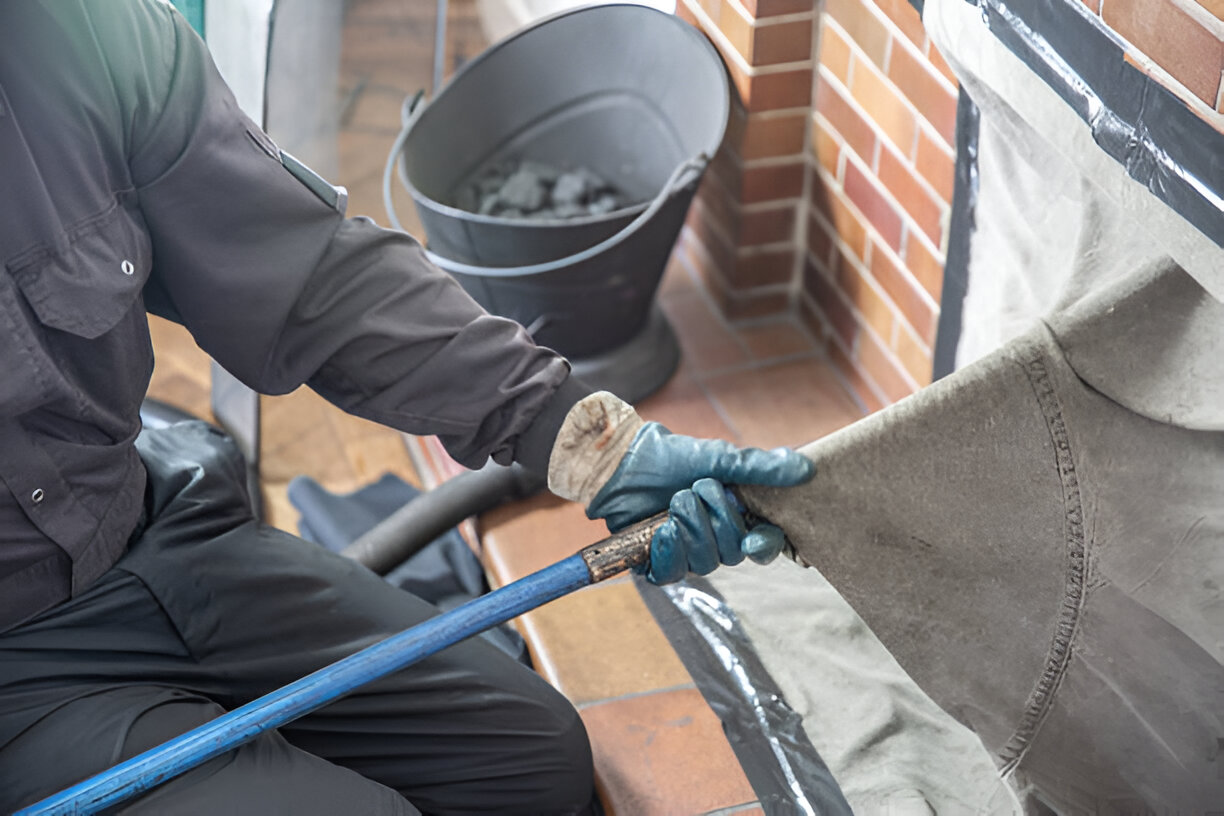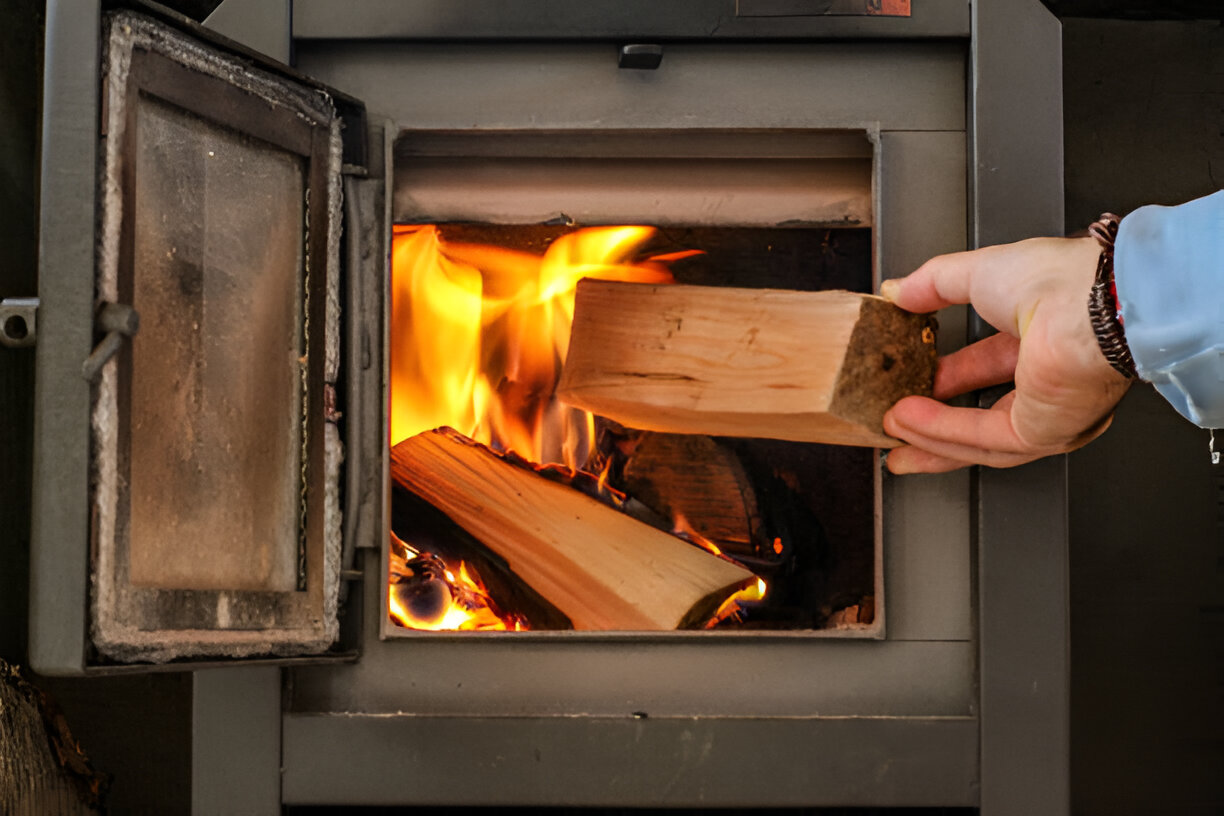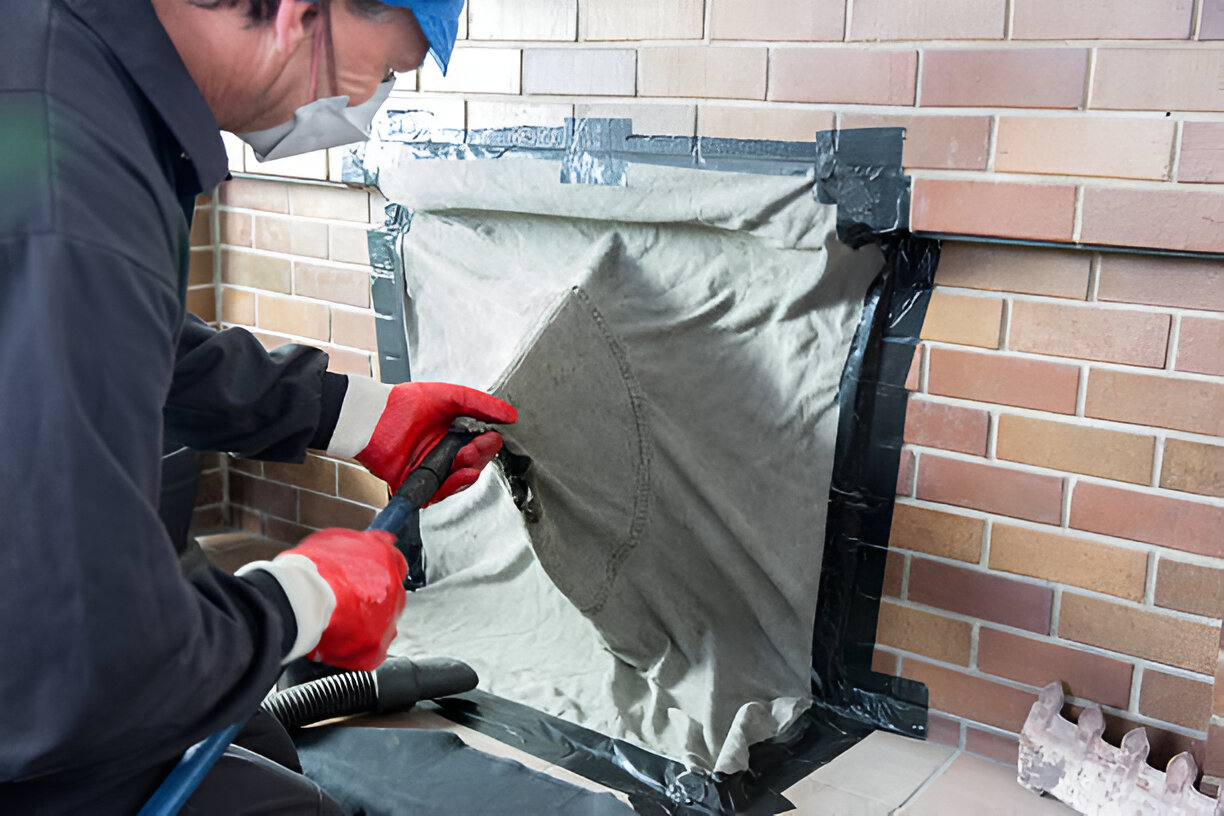If you rely on a wood-burning fireplace to keep your home cozy during chilly evenings, you might be wondering whether Chimney Cleaning Logs are really worth using. These logs promise to reduce dangerous creosote buildup chemically, but do they truly replace a professional sweep? While they sound like a convenient solution, it’s important to understand what they can and can’t do when it comes to keeping your chimney clean and your home safe.
Key Takeaways
- Chimney Cleaning Logs can help reduce light to moderate creosote buildup, but they don’t replace professional cleaning.
- They work best when combined with annual inspections and mechanical sweeping.
- Logs are easy and cost‑effective for maintenance, but they can’t remove hardened, glazed creosote.
What Are Chimney Cleaning Logs and Do They Actually Help?

Fireplaces bring warmth and charm, especially in Massachusetts colder months. But that cozy burn also leaves behind creosote, a sticky, flammable residue lining your chimney, which must be managed carefully. Chimney Cleaning Logs, also called creosote logs or sweep logs, offer a chemical method to loosen some of that buildup.
A professional service like Firesafe Chimney Services, CSIA and NFI-certified and trusted throughout Ware and the surrounding Hampshire and Worcester counties can help you understand where chimney cleaning logs fit into your overall maintenance plan.
Blog related: Why Are Professional Chimney Sweeping Services Essential in Greenfield, MA?
How Chimney Cleaning Logs Work
Chemical reaction
These logs contain additives (often salts, copper sulfate, other compounds) that, when burned, vaporize and coat the chimney walls. That vapor dries and softens creosote, causing it to flake off.
Loosening buildup
The flaked creosote drops into the firebox to be swept out later, but the logs themselves do not physically remove it.
Time frame
The chemical action can continue for about two weeks as normal fires are burned.
Benefits of Using Chimney Cleaning Logs

Convenient and low‑cost
No special tools or training needed simply burn a log as directed during your regular fire. They cost a fraction of a professional sweep.
Maintenance between sweeps
For Ware homeowners who burn wood regularly, using one or two logs per season can slow creosote accumulation between annual visits.
Reduces odor and minor soot
Logs can help reduce smoky smells and indoor soot levels, making your home feel cleaner.
Limitations & Why They’re Not Enough
- They’re not a substitute for professional cleaning: Logs do not physically remove hardened or glazed third‑stage creosote, the most dangerous form. Only mechanical sweeping can remove that.
- Cannot inspect the chimney: Only a certified sweep can assess structural issues, chimney blockages, moisture damage, flashing or crown deterioration, it is common concerns we usually find here in Ware during inspections.
- Misleading security: Relying on logs alone can give homeowners a false sense of safety, especially if creosote has built up heavily.
How to Use Chimney Cleaning Logs Safely
- Build a regular wood fire first and let it burn for about 30–60 minutes until hot embers are present.
- Place the cleaning log on the embers, following manufacturer instructions.
- Keep the damper open and ensure good ventilation in your home.
- Avoid burning logs overnight or unattended.
- After two weeks of regular fires, sweep the firebox ash to remove loosened creosote.
- Continue regular usage of seasoned, dry wood and schedule a professional inspection annually.
How Often Should Homeowners Use These Logs?
- Occasional fireplace use (a few fires/month): Use one cleaning log per season.
- Frequent winter use (multiple fires/week): Burn two logs spaced a few months apart.
- Regardless of whether you use cleaning logs, it’s important to schedule a professional chimney inspection and sweep at least once a year, ideally before the coldest months set in here in Ware. A trusted local service like Firesafe Chimney Services can ensure your system is clean, safe, and fully prepared for heavy winter use.
Blog related: How Often Should You Schedule Chimney Cleaning?
Stay Safe with Chimney Professionals in Ware, MA
While Chimney Cleaning Logs can help reduce creosote buildup, they’re no substitute for a professional chimney sweep. At Firesafe Chimney Services, we’ve built a reputation across Ware and surrounding areas for safe, honest, and reliable service. With certifications from CSIA and NFI, our team is equipped to handle inspections, blockages, cap and crown repair, and more.
Contact us today to schedule your chimney cleaning or inspection and ensure your fireplace is ready for the next burn season.
Frequently Asked Questions (FAQs)
Do I still need a chimney sweep if I use Chimney Cleaning Logs?
Yes, even if you burn Chimney Cleaning Logs, it’s essential to schedule a chimney sweep at least once a year. The logs help loosen creosote but do not fully remove hazardous buildup or identify hidden structural problems.
How often should I have my chimney inspected in Massachusetts?
The Chimney Safety Institute of America recommends annual chimney inspections for all Massachusetts homeowners. Ware residents who burn wood frequently should also schedule cleaning to prevent creosote-related fire risks.
Can Chimney Cleaning Logs fix a draft issue in my fireplace?
No, Chimney Cleaning Logs do not address draft issues, which can result from blockages, damper malfunctions, or flue problems. Firesafe Chimney Services offers full inspections to diagnose and repair draft problems.
What’s the best time of year to book a chimney inspection in Ware?
Late summer or early fall is ideal for chimney inspections in Ware, MA. Booking before peak burn season ensures your fireplace is safe and functional when you need it most.












